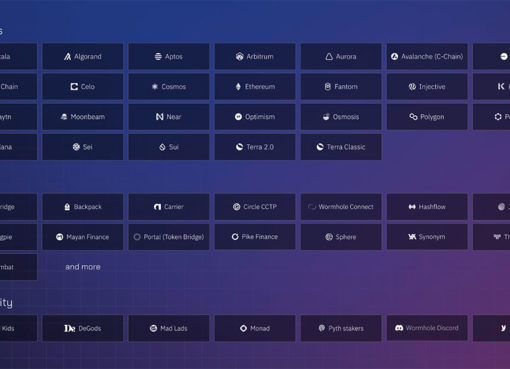Japanese banks Tokyo Kiraboshi Financial Group, The Shikoku Bank, and Minna no Bank are reportedly launching a stablecoin to enhance payments.
Three Japanese banks are planning a stablecoin experiment toward implementing a payment system that satisfies legal requirements. According to a press statement released Thursday, the involved banks are Tokyo Kiraboshi Financial Group, The Shikoku Bank, and Minna no Bank. The trio plans to deploy a system developed by Web3 infrastructure company GU Technologies on the Japan Open Chain.
The press release, which shed light on the Japanese banks’ stablecoin payment scheme, read:
“Tokyo Kiraboshi Financial Group, Minna no Bank, and The Shikoku Bank will participate in this demonstration experiment, and stablecoin-type electronic money will be issued and remitted on Japan Open Chain through the stablecoin issuance and management system developed by the Company.”
In addition, the announcement also stated:
“In the future, we will implement a stablecoin system that meets legal requirements and promote efforts to popularize stablecoins such as business-to-business remittances and general consumer use through demonstration experiments involving local governments and private companies.”
The release provided other information regarding the stablecoin experiment, including use cases and benefits. Amid pre-existing stablecoin dynamics, the companies explained:
“We will experiment to ensure that each bank can issue its own stablecoin that can be used in Ethereum wallets such as MetaMask while complying with Japan’s new fund settlement laws.”
The three banks agreed that a tried-and-tested financial institution stablecoin issuance system would ensure asset-backing on the Japan Open Chain. The entirely Japanese law-compliant public blockchain is also fully compatible with the Ethereum blockchain.
Use Cases, & Issuer/User Benefits of Japanese Banks Stablecoin Scheme
Expected use cases of the stablecoin experiment include the issuance of stablecoins as Community Currency and Web3-enabled payment methods. Furthermore, the participating banks also seek new remittance and payment methods between individuals and companies in Japan and abroad. This development could replace the services of Zengin Net and SWIFT Network in the space.
The planned stablecoin scheme by Tokyo Kiraboshi Financial Group, The Shikoku Bank, and Minna no Bank also benefits issuers and users directly. Benefits to stablecoin issuers include increased revenue from settlement and exchange fees and the creation of opportunities to utilize new payment data. Furthermore, issuers, including banks and trust banks, could also see increased investment profits due to increased bank deposit accounts.
Meanwhile, users of the stablecoins themselves could benefit from the proposed decentralized payment system. These benefits include significantly reduced settlement and remittance fees and seamless support for foreign currency payments, including USD-pegged stablecoins. In addition, users can also use the assets as a means of exchange for other digital assets, including non-fungible tokens (NFTs).
Stablecoin Adoption
Japan has steadily gravitated toward the adoption and issuance of stablecoins amid emerging crypto popularity. The Japanese parliament passed a set of stablecoin-focused rules on investor protection following Terra’s collapse in 2022.
Tokyo also seeks to allow stablecoins issued outside Japan to list on local exchanges. Expected ‘foreign’ stablecoins include USD Coin (USDC) and Tether (USDT).
Tolu is a cryptocurrency and blockchain enthusiast based in Lagos. He likes to demystify crypto stories to the bare basics so that anyone anywhere can understand without too much background knowledge.
When he’s not neck-deep in crypto stories, Tolu enjoys music, loves to sing and is an avid movie lover.




